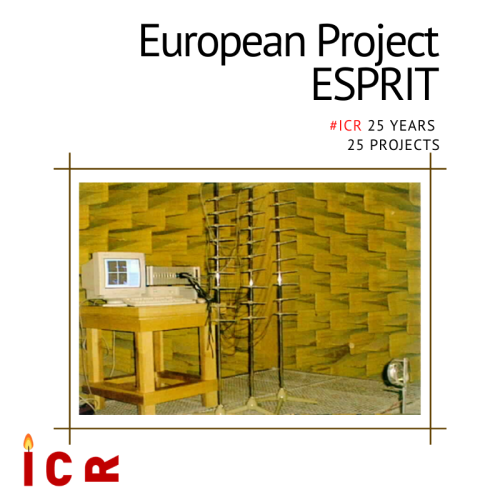Project 5: EUROPRO European Project (1994-1998)
#ICR 25 years in 25 Projects
During the period in which ICR participated in the European project for the noise reduction of tunnel boring machines (LINK), it took also part of another European research project on new computer technologies, so-called ESPRIT HPCN Project No. 21040 – EUROPRO.
The objective of the project was to develop a new generation of HPCN (High Performance Computing and Networking) embedded platforms and the corresponding software development environment. These platforms featured a competitive cost/performance ratio and cost reduction.
The multiprocessor software development environment provided a comprehensive mix of computational models, including a complete set of modelling and simulation tools.
The consortium formed for this project was constituted by various companies in the technological industry coordinated and led by Thomson Marconi Sonar S.A.S.
The architecture of the hardware integrated SHARC and PowerPC processors, Direct Switching Technology from Thomson CSF-SDC and link technology from Bull. The software technology came from Intecs Sistemi and Simulog who provided modelling, simulation and monitoring tools. Exploitation came through the partners both internally for their own business uses and externally through Cetia. In particular, Prakla-Seismos, Dicesva, LGAI and ICR used the system in their next generation of seismic and acoustic photography systems
ICR designed a complete system for localization of sound sources in real time, operating in a reverberant field environment, using parallel data processing (multiprocessing). LGAI’s acoustic laboratory facilities (currently APPLUS) were used for its validation. Dicesva (currently CESVA) used the method designed by ICR to create a new product (hardware).
The method created to achieve this goal was called “MELF: Método Estadístico de Localización de Fuentes” (statistical method for source localization) which consisted of an array of microphones, acting as a sound probe, which, through the detection of delays between pairs of microphones, obtained from their impulse responses, allowed the location of sound sources, in a 3 dimensional space.







